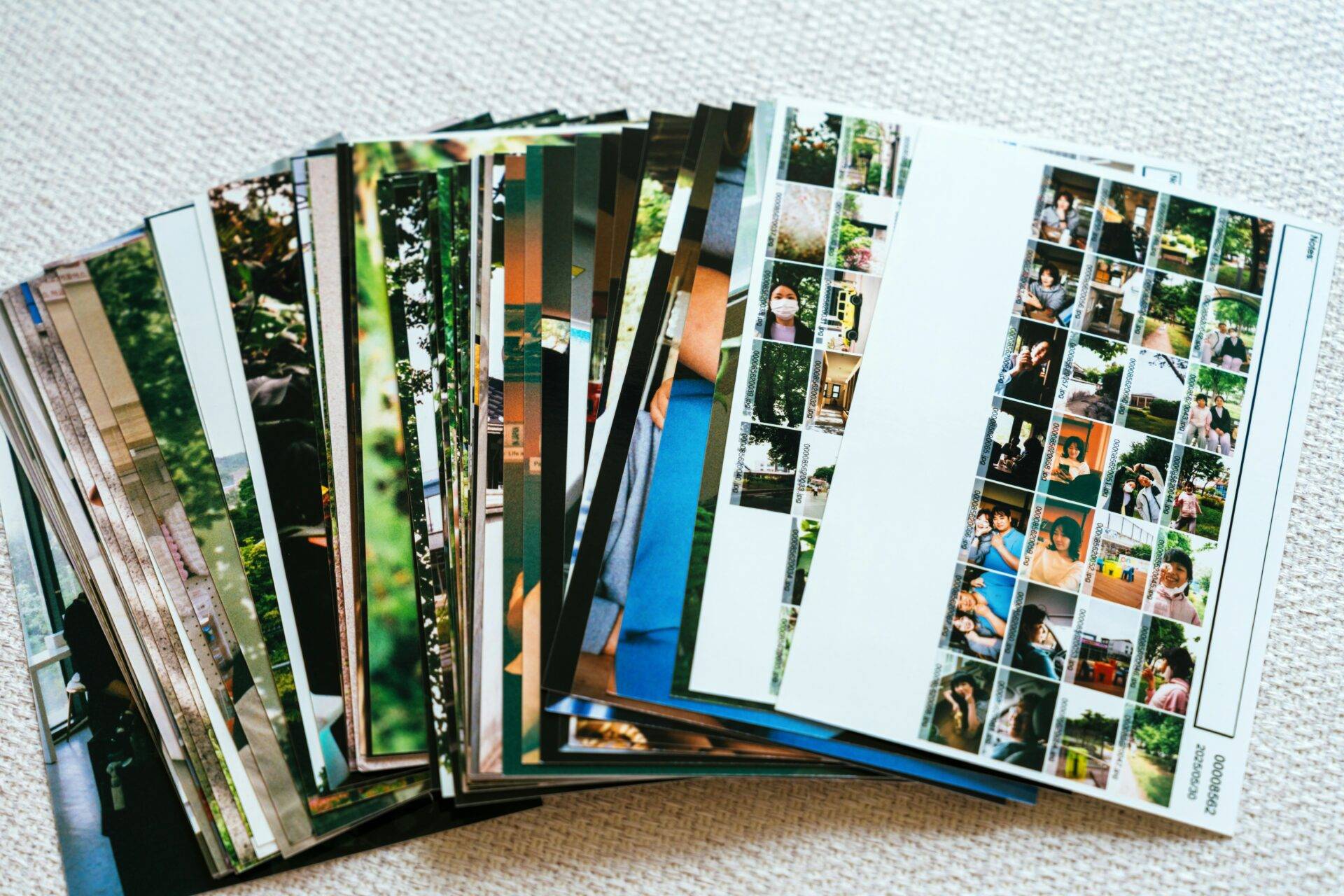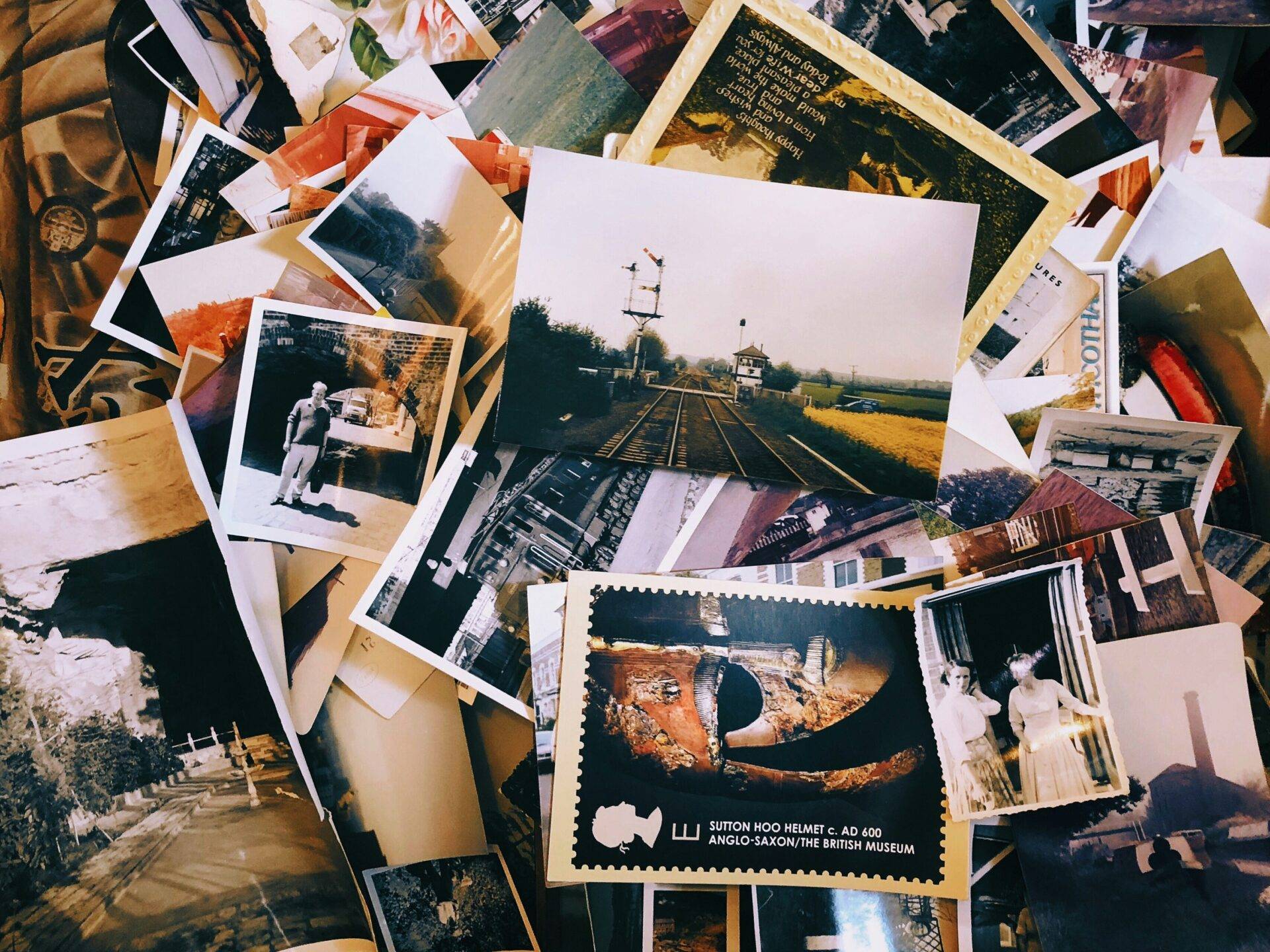As a photographer, one of the most important elements to master is natural light. It can transform an ordinary scene into something extraordinary, adding depth, texture, and emotion to your photographs. Understanding how to work with natural light is essential for capturing stunning images. In this article, we will delve into the secrets of learning natural light in photography and discover how to create captivating photos that truly shine.
Natural light refers to the illumination provided by the sun, and it can vary greatly depending on the time of day, weather conditions, and geographic location. The key to harnessing the power of natural light is to understand its characteristics and how they impact your photos. By studying the different qualities of natural light, such as direction, intensity, and color temperature, you can use them to your advantage and create stunning images that evoke emotion and tell a story.
The importance of learning natural light
Learning natural light is crucial for any photographer, whether you’re a beginner or a seasoned professional. Natural light offers a level of authenticity and beauty that artificial lighting simply cannot replicate. It has the power to enhance the mood, highlight textures, and create a sense of depth in your photographs. By mastering natural light, you can elevate your photography skills and capture images that truly stand out.
Understanding how to work with natural light also allows you to adapt to different shooting conditions. Whether you’re shooting outdoors on a sunny day or indoors by a window, being able to manipulate natural light to your advantage will greatly expand your creative possibilities. Moreover, natural light is free and readily available, making it a cost-effective option for photographers of all levels.
Tips for shooting in natural light
When it comes to shooting in natural light, there are several key tips to keep in mind to ensure you capture the best possible images. First, consider the time of day. The golden hours, which occur shortly after sunrise and before sunset, offer soft, warm light that can add a magical touch to your photos. Shooting during these times can produce stunning results with beautiful colors and long, flattering shadows.
Next, pay attention to the direction of light. Front lighting, where the light source is behind you, can produce even, well-lit images. However, experimenting with side lighting and backlighting can add depth and dimension to your photos. Side lighting creates dramatic shadows and highlights, while backlighting can create a beautiful halo effect and emphasize the subject.
Another important tip is to be mindful of the weather conditions. Overcast skies can provide soft, diffused light that is ideal for portraits and macro photography. On the other hand, clear skies can create harsh shadows and high contrast, which can be used creatively for more dramatic images. Don’t be afraid to experiment and embrace different lighting conditions to add variety and interest to your portfolio.
Finding the best natural light locations
Finding the right locations with beautiful natural light can greatly enhance your photographs. Start by exploring your surroundings and taking note of areas that catch your eye. Look for interesting textures, patterns, and colors that can be accentuated by natural light. Consider shooting near reflective surfaces like water or glass, as they can bounce light back onto your subject, creating a captivating effect.
When scouting for locations, be mindful of the time of day and how the light interacts with the environment. For example, shooting in a forest during the golden hours can create a magical, ethereal atmosphere with rays of light filtering through the trees. Similarly, shooting near a beach during sunrise or sunset can result in breathtaking images with vibrant colors and a serene mood.
Don’t limit yourself to outdoor locations, though. Indoor spaces with ample natural light can also provide unique opportunities for photography. Look for rooms with large windows or skylights that allow for plenty of natural light to flood in. Experiment with different angles and compositions to make the most of the available light and create captivating indoor images.
Working with different types of natural light
As a photographer, it’s important to understand and adapt to different types of natural light. Each type of light has its own unique qualities and can create different moods and effects in your photographs. By learning how to work with different types of natural light, you can expand your creative possibilities and capture a wide range of images.
Direct sunlight is one of the most challenging types of natural light to work with due to its intensity and harsh shadows. However, with the right techniques, you can create stunning images even in the harshest lighting conditions. Consider using a reflector or diffuser to soften the light and fill in shadows. Alternatively, you can position your subject in the shade to create more even lighting.
Cloudy or overcast days offer soft, diffused light that is perfect for a variety of photography genres. The even lighting eliminates harsh shadows and reduces contrast, resulting in a more flattering and balanced image. Take advantage of these conditions to capture portraits, landscapes, or macro shots with a dreamy, ethereal quality.
During sunrise and sunset, the low angle of the sun creates warm, golden light that can add a magical touch to your photographs. This type of light casts long, soft shadows and creates a warm, inviting atmosphere. Experiment with shooting during these times to capture breathtaking images with vibrant colors and a romantic mood.
Enhancing natural light in post-processing
While capturing the best possible images in-camera is ideal, post-processing can be a powerful tool for enhancing natural light and adding that extra touch to your photographs. With the right editing techniques, you can bring out the full potential of natural light and create stunning images that truly shine.
One of the most common adjustments in post-processing is adjusting the exposure. By carefully adjusting the exposure, you can brighten or darken your image to better showcase the natural light. Be careful not to overexpose or underexpose your image, as this can result in loss of detail or a washed-out appearance.
Another important adjustment is white balance. Natural light can vary in color temperature depending on the time of day and weather conditions. Adjusting the white balance can help correct any color casts and ensure that the colors in your image appear accurate and true to life.
Contrast and saturation adjustments can also help enhance natural light. By boosting the contrast, you can add depth and dimension to your images. Adjusting the saturation can make the colors in your photo more vibrant and impactful, further enhancing the beauty of natural light.
Remember, post-processing should be used as a tool to enhance your images, not to completely alter them. Aim for a natural, realistic look that accurately represents the scene you captured.
Learning natural light through experimentation
One of the best ways to truly understand and master natural light is through experimentation. Every shooting situation is unique, and by experimenting with different lighting conditions, techniques, and locations, you can develop a deeper understanding of how natural light behaves and how it can be used creatively in your photographs.
Start by setting aside dedicated time for shooting and exploring different lighting conditions. Challenge yourself to shoot in different weather conditions, at different times of the day, and in various locations. Take note of how the light changes and how it impacts your images. By actively engaging with natural light, you’ll gradually develop an intuitive sense of how to work with it.
Don’t be afraid to make mistakes and try new techniques. Some of the most interesting and unique photographs are the result of experimentation and pushing the boundaries of traditional techniques. Embrace the unexpected and let your creativity guide you.
Recommended resources for learning natural light photography
If you’re looking to further enhance your skills in natural light photography, there are several resources available to help you on your journey. Online tutorials, workshops, and books can provide valuable insights and techniques to expand your knowledge and elevate your photography.
One highly recommended resource is the Savvy Shutterbug platform. With a wide range of expert-led courses tailored to photographers of all levels, Savvy Shutterbug offers a wealth of knowledge and hands-on experience to help you unlock the secrets of natural light photography. Whether you’re a beginner or an experienced photographer, their courses provide a comprehensive and engaging learning experience that will take your skills to the next level.
Additionally, books such as “Understanding Exposure” by Bryan Peterson and “The Natural Light Portrait Book” by Scott Kelby offer valuable insights and techniques for working with natural light. These resources provide a solid foundation of knowledge and practical tips to help you refine your natural light photography skills.
Overcoming challenges in shooting natural light
Shooting in natural light can present its fair share of challenges, but with the right techniques and mindset, you can overcome them and capture stunning images. One common challenge is dealing with harsh shadows and high contrast in direct sunlight. To mitigate this, try using a reflector or diffuser to soften the light and fill in shadows. Alternatively, position your subject in the shade to create more even lighting.
Another challenge is working with unpredictable weather conditions. While you can’t control the weather, you can plan ahead and be prepared. Check the weather forecast before your shoot and have a backup plan in case conditions change. Overcast skies can provide soft, diffused light that is ideal for many genres of photography, so embrace these conditions and use them to your advantage.
When shooting indoors, it’s important to find the right balance between natural and artificial light. Experiment with different combinations of light sources to achieve the desired effect. Reflectors and bounce cards can be used to manipulate the natural light and fill in shadows if needed. By mastering the art of working with available light, you can create stunning indoor photographs that showcase the beauty of natural lighting.
When shooting outdoors, it’s important to be adaptable and make the most of the available natural light. Keep an eye on the direction and quality of the light throughout the day, as it can change dramatically. Golden hour, the period shortly after sunrise or before sunset, offers a warm and soft light that can add a magical touch to your photographs. Don’t be afraid to experiment with different angles and compositions to make the most of the natural light’s unique qualities.
Lastly, finding the right balance between available light and artificial light can be a challenge when shooting indoors. Natural light can create beautiful, soft lighting, but it may not always be sufficient. Experiment with different combinations of natural and artificial light sources to achieve the desired effect. Use reflectors or bounce cards to manipulate the natural light and fill in shadows if needed.
Conclusion
Learning natural light in photography is a journey that requires patience, practice, and a keen eye for detail. By understanding the characteristics of natural light, experimenting with different techniques and locations, and continuously refining your skills, you can unlock the secrets of natural light and capture stunning images that truly shine.
So, whether you’re a budding photographer or looking to refine your skills, it’s time to elevate your photography skills. Join me at my photography school, Savvy Shutterbug, where passion meets expertise. My courses are tailored just for you, offering a world of creativity and technical mastery. Discover more and start your journey with Savvy Shutterbug today!






